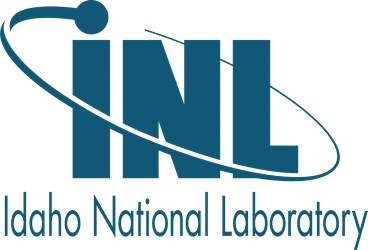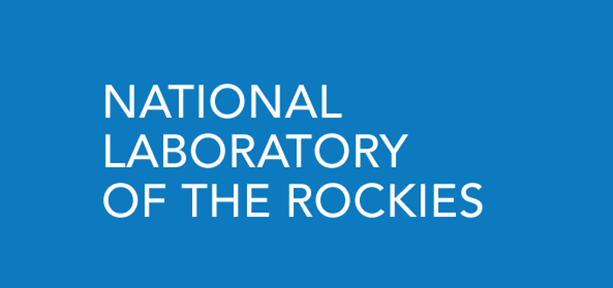Biomass Logistics Model (BLM)

Abstract:
The Biomass Logistics Model (BLM) is part of a versatile analysis toolset developed by Idaho National Laboratory (INL) to estimate delivered feedstock cost and energy consumed for various biomass supply system designs. The BLM is engineered to work with various thermochemical and biochemical conversion platforms and accommodates numerous biomass varieties including corn stover (Zea mays L.), switchgrass (Panicum virgatum L.), loblolly pine (Pinus taeda), hybrid popular (Populux x spp.) municipal solid waste (msw), wood waste and wood residues,resulting in a robust and flexible systems model. The BLM simulates the flow of biomass through the entire supply chain, tracking changes in
feedstock quality characteristics (moisture content, ash content, and dry bulk density) as influenced by the various operations in the supply chain.
Model/Tool Platform:
C#, Powersim
General Modeling Type:
Hybrid / other: Engineering process and supply chain accounting
Primary analytical purpose:
Supply chain logistics:
Assessment of the implementation or design of supply chain logistics.
Secondary analytical purpose:
Techno-economic analysis:
Technical and economic analysis of technologies or systems of technologies.
Metric categories:
- Environmental:
- GHG Emissions
- Socio-economic:
- Process Productivity (conversion-related, e.g., yield)
- Techno-economic Impact
- Other Socio-economic (e.g., GDP impact, Investment/NPV)
Geospatial resolution:
Regional/Watershed
Temporal resolution:
Years
Laboratory:
INL - Idaho National Laboratory
Principal investigator:
Damon Hartley
Model start year:
2009
Model last updated:
2020
Development status:
Fully Developed with periodic updates
Level of validation/review:
External Peer Review
Links:
Model scope:
Biomass Supply
Feedstock Logistics
Conversion
Distribution
End Use
- Feedstock Types
- Starch
- Sugar Crops
- Oil Crops
- Fiber Crops
- Cover Crops and Hay
- Agricultural Residues
- Herbaceous Energy Crops
- Forest Residues
- Forest Resources
- Woody Energy Crops
- Solid Wastes (e.g., MSW, C&D, yard trimmings)
- Algae
- Wet Wastes (e.g., wastewater sludge, animal manure, food waste)
- Fats, Oils, and Greases
- Other Feedstock (not listed)
- Products/Process Outputs
- Intermediate - Sugars
- Intermediate - Clean Biomass-based Crop Oils
- Intermediate - Clean Biomass-based Algal Oils
- Intermediate - Pyrolysis or Biocrude Intermediate
- Intermediate - Syngas
- Other Intermediate
- Other Process Output
1
2
3
4
Analytical Purpose
Supply Chain Elements
Biomass Supply
Feedstock Logistics
Conversion
Distribution
End Use
Information last updated: Sep. 17, 2019 13:45:46 EDT
